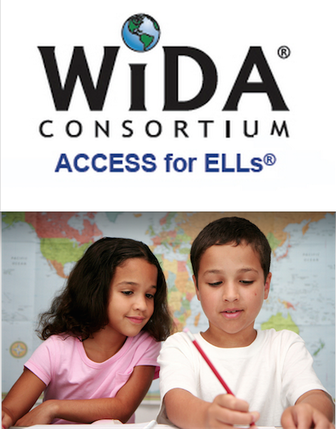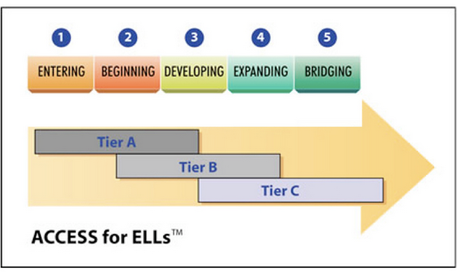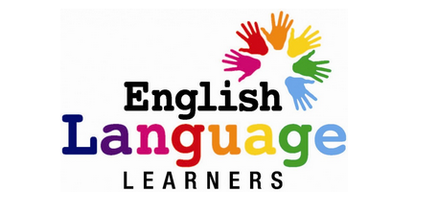|
Who are English Language Learners? English Language Learners (ELLs) are students who identify as having a home language other than English:
While most newcomer students acquire basic English communication skills in one to two years, the important cognitive/academic language of schooling can take students 5 to 7 years to learn WITH teacher support. |

How are Students Identified and Monitored?
- At the time of your child’s enrollment in the Ann Arbor Public School District, you indicated that English was not the primary or only language spoken in your home. For this reason, your child was required to take an English Language Proficiency Screener (W-APT) to determine eligibility for ELL services. After the W-APT is given, parents receive a letter describing this assessment and whether or not the student is eligible for ELL support.
- Students' progress in acquiring academic English is monitored each Spring. The WIDA ACCESS for English Language Learners is a secure, state-mandated test that assesses the four language domains of Listening, Speaking, Reading and Writing.
- The Spring WIDA assessment is administered during February and March, and takes approximately three hours. The ELL teacher or a trained proctor will administer the assessment over the course of several days. They will work closely with your child's classroom teacher to schedule the test when it is least intrusive during the instructional day. Results of the assessment will be sent to parents by the State of Michigan in late August or September.
- District assessments (benchmark reading assessments, NWEA, math assessments, etc.) will monitor academic achievement throughout the year. Written reports of your child's progress will be sent home in November, March and June by the classroom teacher.

Who is Eligible for ELL support?
Based on WIDA scores, students with the following English proficiency levels are eligible to receive ELL support services.
“Entering (1)” - Students have limited or no understanding of English, rarely use English for communication, respond non-verbally or use single words or simple phrases.
“Beginning (2)” - Students can comprehend short conversations on simple topics; they rely on familiar structures and non-verbal cues.
“Developing (3)” - Students can understand standard speech and can communicate orally in most settings.
“Expanding (4)” - Students are beginning to understand and use technical and content-area language in an organized expression of ideas.
“Bridging (5)” and “Reaching (6)” - Students are ineligible for services. ELL support is no longer necessary.
* Parents may decline services for eligible students by signing a form obtained from the district ELL website and returning it to school. Students must continue to participate in the WIDA-ACCESS assessment, however.
Based on WIDA scores, students with the following English proficiency levels are eligible to receive ELL support services.
“Entering (1)” - Students have limited or no understanding of English, rarely use English for communication, respond non-verbally or use single words or simple phrases.
“Beginning (2)” - Students can comprehend short conversations on simple topics; they rely on familiar structures and non-verbal cues.
“Developing (3)” - Students can understand standard speech and can communicate orally in most settings.
“Expanding (4)” - Students are beginning to understand and use technical and content-area language in an organized expression of ideas.
“Bridging (5)” and “Reaching (6)” - Students are ineligible for services. ELL support is no longer necessary.
* Parents may decline services for eligible students by signing a form obtained from the district ELL website and returning it to school. Students must continue to participate in the WIDA-ACCESS assessment, however.

